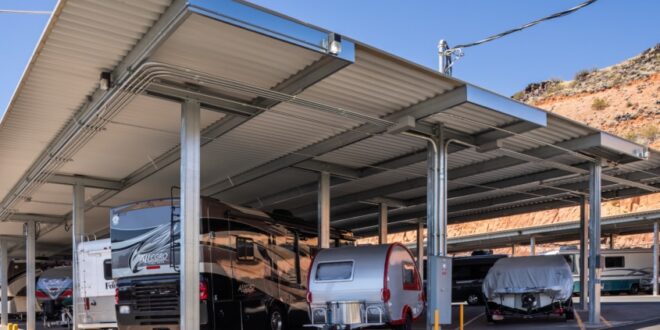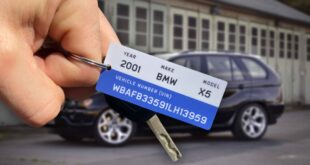When the off-season arrives, it’s time to prepare your boat or RV for storage to protect it from the elements and ensure its longevity. Proper storage techniques and practices are essential to safeguard your valuable investment.
In this guide, we will provide you with valuable tips and best practices for storing your vehicle. Let’s dive into the details and ensure a worry-free storage experience.
Clean Thoroughly
Start by removing debris, dirt, or saltwater residue from the exterior surfaces. Use a mild detergent and a soft brush to scrub any grime or stains. Rinse thoroughly and dry the exterior to prevent water spots or corrosion. Moving to the interior, remove all personal belongings and clean out any food, drinks, or toiletries.
Vacuum or sweep the floors, and wipe down all surfaces using appropriate cleaners for each material, such as upholstery, countertops, and flooring. If you by any chance have rooted wooden boards on your boat, you may want to take a look at our article where we briefly explained what you should do in that situation.
Pay special attention to areas prone to mold and mildew, such as the bathroom, kitchen, and cabin. Clean and disinfect these areas thoroughly, ensuring they are completely dry before closing them up for storage. Consider using moisture absorbers or dehumidifiers to prevent moisture buildup.
By taking the time to clean thoroughly, you not only maintain the cleanliness and appearance of your vehicle but also create a more pleasant and hygienic environment for your next adventure.
Check for Damage
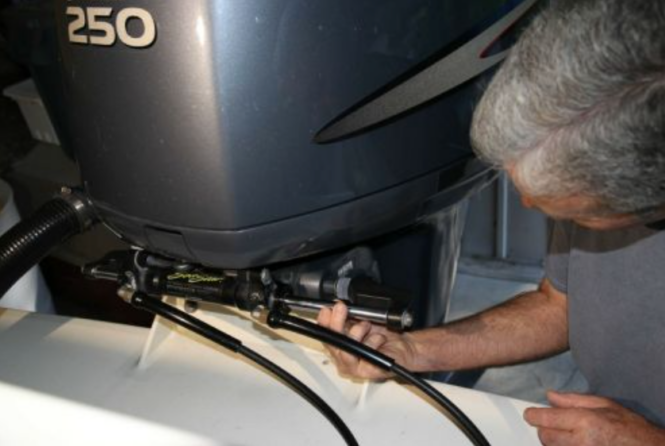
Start by examining the vehicle’s exterior, paying attention to the hull or body for any cracks, dents, or scratches. Inspect the windows, seals, and trim for any damage that could lead to leaks or water infiltration. Next, inspect the mechanical components, such as the engine, transmission, and electrical systems.
Look for any fluid leaks, loose connections, or worn-out parts. If you notice any issues, addressing them before storage or scheduling necessary repairs is crucial.
Remember to inspect the interiors as well. Check for water stains, leaks, or soft spots on the floors, walls, or ceilings. Examine the appliances, plumbing, and electrical systems for any signs of malfunction or damage.
Perform Maintenance
You can begin by changing the oil and filters to ensure clean lubrication for the engine. Check and top off fluids like coolant, brake fluid, and transmission fluid to the recommended levels. Replace spark plugs to maintain efficient engine performance. Add a fuel stabilizer to prevent fuel degradation and run the engine briefly to circulate treated fuel.
Lubricate moving parts such as hinges, locks, slides, and suspension components to prevent rusting and maintain functionality. Apply protective coatings or sprays to vulnerable areas like metal surfaces, electrical connections, and rubber seals to safeguard against corrosion and damage.
Remove Perishables
Start by thoroughly cleaning the refrigerator and pantry, discarding any food or beverages that could spoil. Wipe down all surfaces to eliminate any residue or spills. Next, remove toiletries, cleaning supplies, and other perishable items that could deteriorate over time.
Empty and clean the bathroom cabinets and storage areas, ensuring they are free from moisture or potential attractants. Properly dispose of all perishable items and ensure the vehicle is entirely free from organic materials.
Taking these steps not only helps to maintain a pleasant environment for when you next use your vehicle but also protects against potential health hazards and prevents damage that could arise from neglecting to remove perishables.
Disconnect Batteries
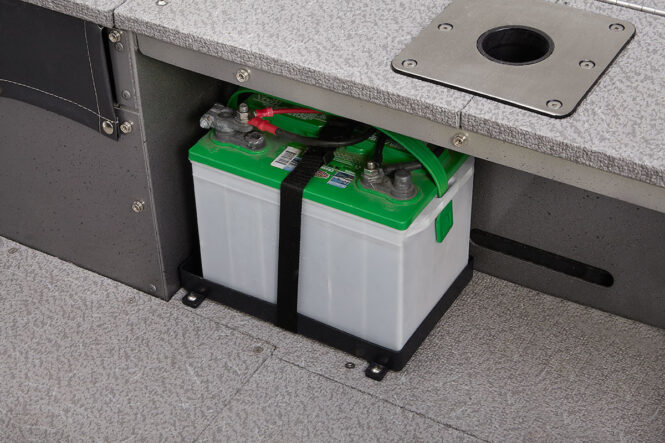
You should turn off all electrical systems and accessories in your vehicle. For boats, disconnect the batteries by removing the negative (-) cable first, followed by the positive (+) cable. Clean the battery terminals and apply a protective coating or grease to prevent corrosion. Store the batteries in a cool, dry place, or use a battery maintainer or trickle charger to keep them charged during storage.
For RVs, follow the manufacturer’s instructions to disconnect the batteries properly. Some RVs may have a battery disconnect switch that can isolate the batteries. Alternatively, you can remove the battery cables.
Disconnecting the batteries or using a battery maintainer helps prevent drain and extends their lifespan. When it’s time to use your vehicle again, remember to reconnect and fully charge the batteries before using them.
Choose a Suitable Storage Location
Consider factors such as indoor or outdoor storage options. Indoor storage is ideal as it protects against harsh weather conditions and UV exposure. If indoor storage is unavailable, choose an outdoor location that offers some shelter or cover to minimize direct exposure to the elements.
Prioritize security by selecting a storage facility or location that provides adequate measures like secure gates, surveillance cameras, or on-site personnel.
A clean and well-maintained storage area is also essential to prevent damage from debris or pests. Ensure the storage location allows proper ventilation and airflow to prevent moisture buildup. Finally, consider the accessibility and convenience of the storage facility in terms of transportation and any additional services they may offer.
Get Ready to Store It Like a Pro!
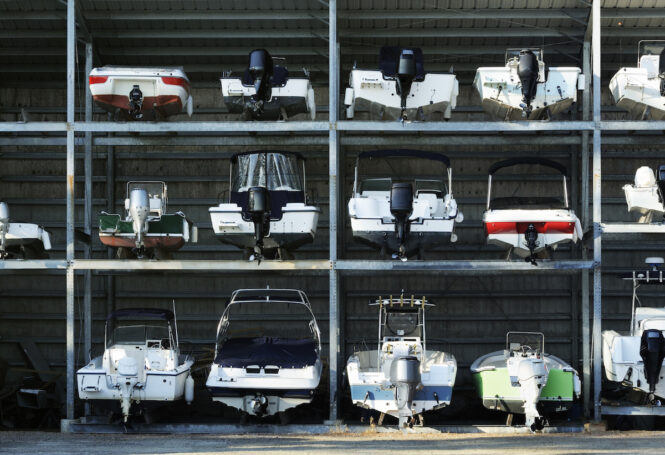
Properly storing your vehicle for the off-season is essential to preserve its condition and ensure its longevity. By following the tips and best practices outlined in this guide, you can protect your investment and have peace of mind during storage.
Thorough cleaning, careful inspection for damage, performing necessary maintenance, removing perishables, disconnecting batteries, and choosing a suitable storage location are all key steps to consider.
By preparing your vehicle properly, you’ll be rewarded with a well-maintained and ready-to-use boat or RV when the next season arrives. So, invest the effort now to ensure a hassle-free and enjoyable experience when it’s time to hit the water or road again.
 Imagup General Magazine 2024
Imagup General Magazine 2024
